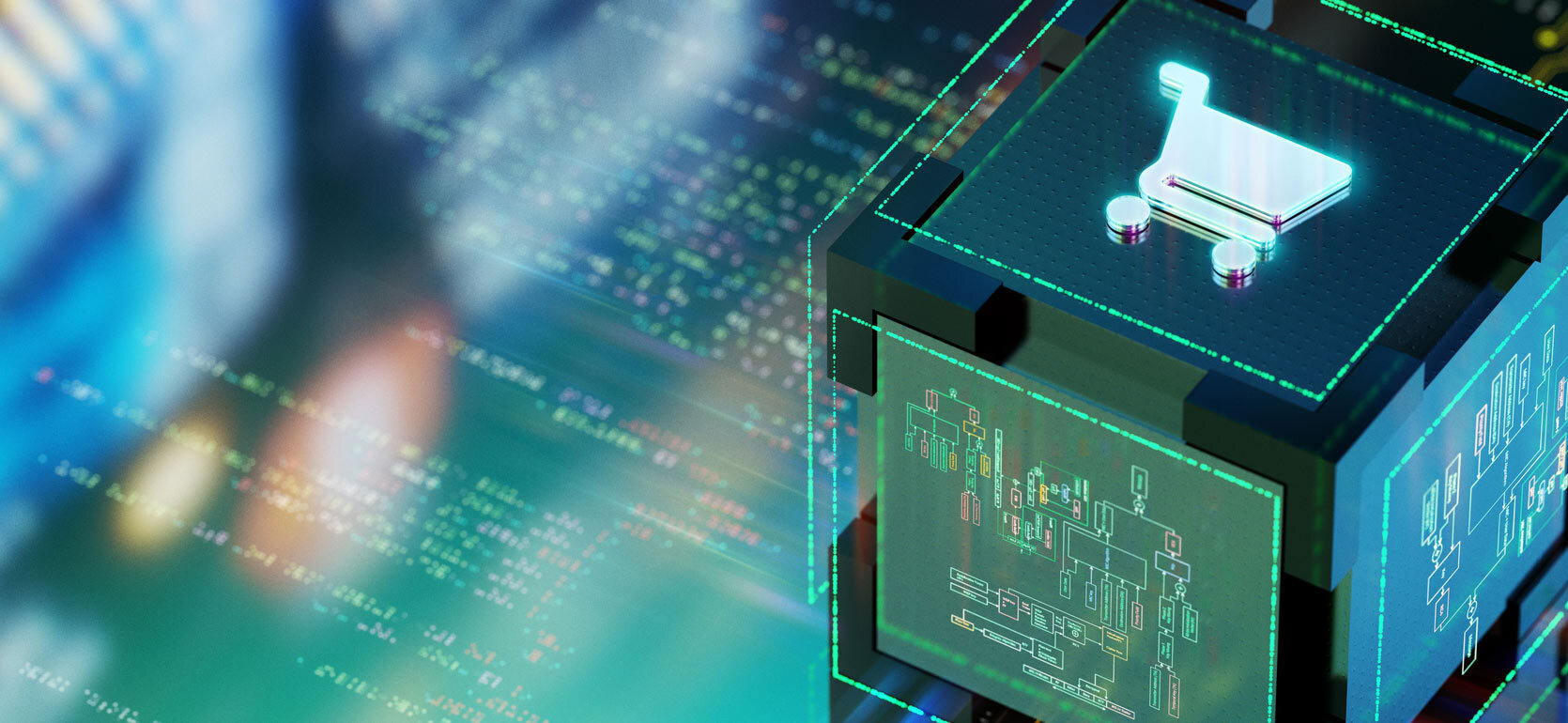
BizTech Law Blog
 For more articles from the June 2020 Issue of Business & Tax Law News, click here.
For more articles from the June 2020 Issue of Business & Tax Law News, click here.
The Employee Retirement Income Security Act of 1974 (“ERISA”) and its applicable regulations require a plan administrator to provide a number of notices to plan participants. For example, an ERISA plan administrator must provide to all plan participants a Summary Plan Description (“SPD”) that provides an overview of plan terms. Additionally, a plan administrator must provide a Summary of Material Modifications (“SMM”) to plan participants every time it makes certain changes to the plan.
Delivery of the notices must be reasonably calculated to ensure actual receipt by the participant. In 2002, the U.S. Department of Labor (“DOL”) established a safe harbor that permitted the electronic disclosure of covered notices if certain requirements are met. This article does not provide a review of the 2002 safe harbor rules.
Over the last 20 years, many stakeholders have asked the DOL to implement new rules that consider the advancements in technology and permit additional methods for notification. For example, the President issued an Executive Order on August 31, 2018 that instructed the DOL and the Internal Revenue Service (“IRS”) to consider ways to ease the costs and regulatory burdens given the number and complexity of ERISA notices.
On May 21, 2020, the DOL announced a new safe harbor (the “Safe Harbor”) that may be used by plan administrators who are required by ERISA to provide notices to participants. The Safe Harbor allows a plan administrator to provide certain covered notices through an electronic medium if the plan administrator satisfies certain requirements. The DOL estimates that this Safe Harbor will reduce plan costs significantly while also preserving the rights of participants.
Safe Harbor
The new Safe Harbor contemplates two methods of notification: (1) email notification; and (2) notice and access notification. These options permit plan administrators to determine which method of delivery would work best for the plan administrator and for the plan participants.
A. Email Method
One option under the Safe Harbor is email notification. This method includes providing all covered documents through email or by sending the notice to a smart phone. If a plan administrator decides to use the email method of notification, the plan administrator may include the contents of the notice in the body of the email or as an attachment. The Safe Harbor provides guidance about how to obtain and maintain accurate email addresses or smart phone numbers for participants. For example, if an employer provides participants with an email address as a result of their employment, the plan administrator may be eligible to use the email method of notification.
When using this method of notification, plan administrators must have a system in place to (1) ensure that participants are receiving the notifications; and (2) notify the plan administrator of any inoperable or invalid email addresses or phone numbers.
B. Notice and Access Method
The notice and access model includes providing a notice to participants through a web-based platform. To use this method, the plan administrator must notify participants that new documentation is available online for their review. The notification is known as a Notice of Internet Availability (“NOIA”) and must be provided to all participants for each new document that is available. The NOIA must be concise and understandable and should include the following:
- a description of the document to be reviewed (depending on the nature of the document);
- a link to access the document;
- a notice to participants of their right to request a hard copy of the document and the manner in which they may request the paper copy;
- a notice to participants of their right to opt out of electronic disclosures, including the process for opting out; and
- a phone number that the participant may use to contact the plan administrator.
After a document is uploaded to a website for participant access, it must remain on the site for a period of one year from the date of the original posting or until it is superseded. All documents should be available in widely accessible formats that can be retained in an electronic format by the participant.
Limitations
The Safe Harbor is limited to retirement plan disclosures only. The DOL did not extend the Safe Harbor to cover health and welfare benefit plans subject to ERISA, although it reserves the right to do so in the future. The DOL stated that it will continue to explore whether this Safe Harbor should be expanded to include health and welfare plans.
Additionally, these disclosures may only be made to “covered individuals.” A covered individual is a participant, beneficiary, or other individual (1) who is entitled to receive a covered notice; and (2) who has provided the plan administrator with an electronic address (including an email address or mobile number). Accordingly, any individual who has not provided the plan administrator with an email address must receive all disclosure through the methods in place prior to the issuance of the Safe Harbor.
Participant Protections
The new Safe Harbor rule also includes a number of protections for participants, including those listed below.
- Participants always retain the right to receive paper notifications. A plan administrator must permit a plan participant to easily request paper notifications at any time and at no cost. A plan administrator must also provide an option to receive specific notifications in a paper form, if requested.
- Before operating under the terms of this Safe Harbor, a plan administrator must provide an initial notification to each plan participant on paper. This notice must include the following:
- a notification that covered documents will be furnished electronically;
- identification of the electronic address that will be used for the individual;
- any instructions necessary to access the covered documents;
- a statement that the covered document is not required to be available on the website for more than one year or, if later, after it is superseded by a subsequent version of the covered document;
- a statement of the right to request and obtain a paper version of a covered document, free of charge, and an explanation of how to exercise this right; and
- a statement of the right to opt out of electronic delivery free of charge and receive only paper versions of covered documents, and an explanation of how to exercise this right.
Effective Date
The new Safe Harbor rule becomes effective on July 26, 2020. The DOL has stated, however, that it will not take action against any plan administrator who operates under the Safe Harbor prior to the effective date. This means that administrators who need to notify employees of changes now may rely on the Safe Harbor.
The Safe Harbor rule includes a number of nuances and considerations for a plan administrator. If you are considering whether to implement new electronic disclosure methods pursuant to this Safe Harbor, please contact one of the authors of this article or one of our ERISA attorneys who can assist you with this process.
- Amanda Dernovshek...517.371.8259...adernovshek@fosterswift.com
- Julie Hamlet...616.796.2515...jhamlet@fosterswift.com
- Mindi Johnson...616.726.2252...mjohnson@fosterswift.com
- Shareholder
Amanda Dernovshek is an employee benefits attorney in our Business and Tax group. Her practice focuses on issues related to employee stock ownership plans (ESOPs), non-qualified deferred compensation plans, qualified ...
- Shareholder
Julie is an experienced attorney with over a decade of practice focused on employee benefits and retirement plan compliance. She advises employers, plan sponsors, and fiduciaries on the design, operation, and governance of ...
- Shareholder
With a business-minded approach, and service-oriented delivery, Mindi helps clients navigate challenges and solve problems in the areas of employee benefits law and health care law. Mindi has spoken and written extensively on ...



